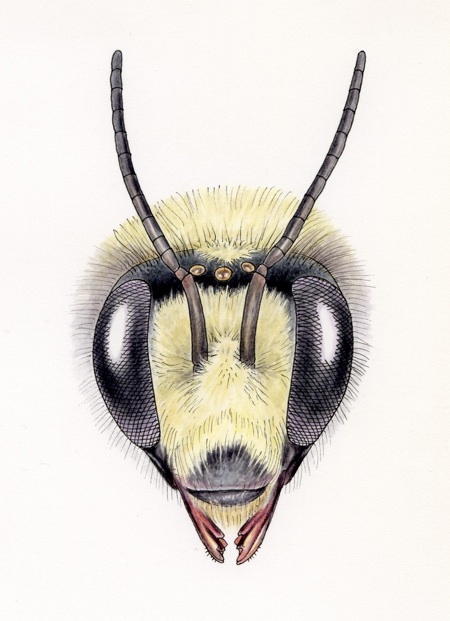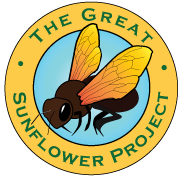
Each year, I dig up another 2-3 square yards of lawn in my front yard and add native perennials. This year I added purple prairie clover, rattlesnake master and clustered mountainmint. The seeds I planted a few years ago produced swamp milkweed, ironweed and pinnate prairie coneflower this year. They are all in bloom.
Which garden or space are you describing?:
How large is your yard?:
26.00
square yards
Are there low traffic areas where the soil is not turned over, tilled or plowed?:
Yes
Are there areas dead wood, brush piles or snags present?:
Yes
Are there areas with pithy twigs (elderberry, cane fruit, sumac, etc…)?:
Yes
How much of the garden is planted with flowering annual or perennial plants (including shrubs, vegetables and trees)?:
Most (more than 75%)
Are the flowering plants that you have pollinator friendly?:
Most (more than 75%)
How many flowers in your garden bloom in summer?:
10 or more
Are flowers planted in clumps?:
Yes.
How much mulch is on the ground?:
Some.
Is there fresh, clean water always available with a perch that bees could stand on and drink?:
Yes
Does the garden use herbicides?:
No.
Are pesticides used in the garden?:
No
